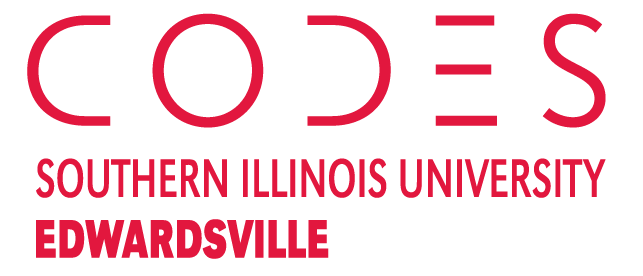Contract Grading decouples evaluation from Grades, (Elbow and Danielewicz 10). With contract grading, students develop their own goals for a course outcomes. They decide where they want to focus their energies and make a contract outlining how they will use the course’s assignments and activities to achieve those goals.
In CODES, we use ePortfolios to keep a record of students’ contracts and as a reflective space for students to share artifacts of their learning and reflect on their process of meeting the goals they have set. The ePortfolio page for the course is the main site for midterm and final grade assessment.
See the student guidelines for writing contracts and starting ePortfolios, as well as some samples.
Because contract grading is a little different than what you’re used to, here are some tips to help make it go smoothly.
- Student Anxiety: Students often feel anxiety about writing their contract because they haven’t been assessed this way before. Go over the syllabus with them and talk through the process of developing their goals based on what they do well and what they’d like to do better. It also helps to have them reflect on how they might direct the course outcomes to tie into their goals for their major.
- Connecting Goal Planning to Reflection: Early and often help students make the connection between the contracts they wrote and the ePortfolios where they will reflect on artifacts of their learning. Have them upload all major assignments to their ePortfolio, and when they demonstrate their learning (e.g. make significant revisions based on your feedback) remind them to add an artifact to their portfolio page.
- Documenting their Work: You can still use the Blackboard grade book, a spreadsheet, or even a Word document to keep track of what assignments students have submitted. To achieve an A in the course, students are still expected to complete all assignments with care and attend class regularly.
- Qualitative Feedback: Qualitative feedback is critical in contract grading models. Especially on major assignments, provide clear steps students can take to improve their work. Smaller assignments, like source analyses, can be marked simply for completion, or you can use a qualitative rubric with three or four benchmarks to help them see their development over the term. You can also provide in-class opportunities for students to collect feedback from their peers that could be included in their ePortfolio.
- Built-in Revision: Remind students that revision is an important learning process and a clear way they can demonstrate their growth in the ePortfolio. Build timelines for revision into the syllabus to help them return to your feedback and re-envsion their projects.
- Assessing Participation and Collaboration: You can use peer reviews of student collaboration or class participation as another mechanism for assessing classroom involvement.

